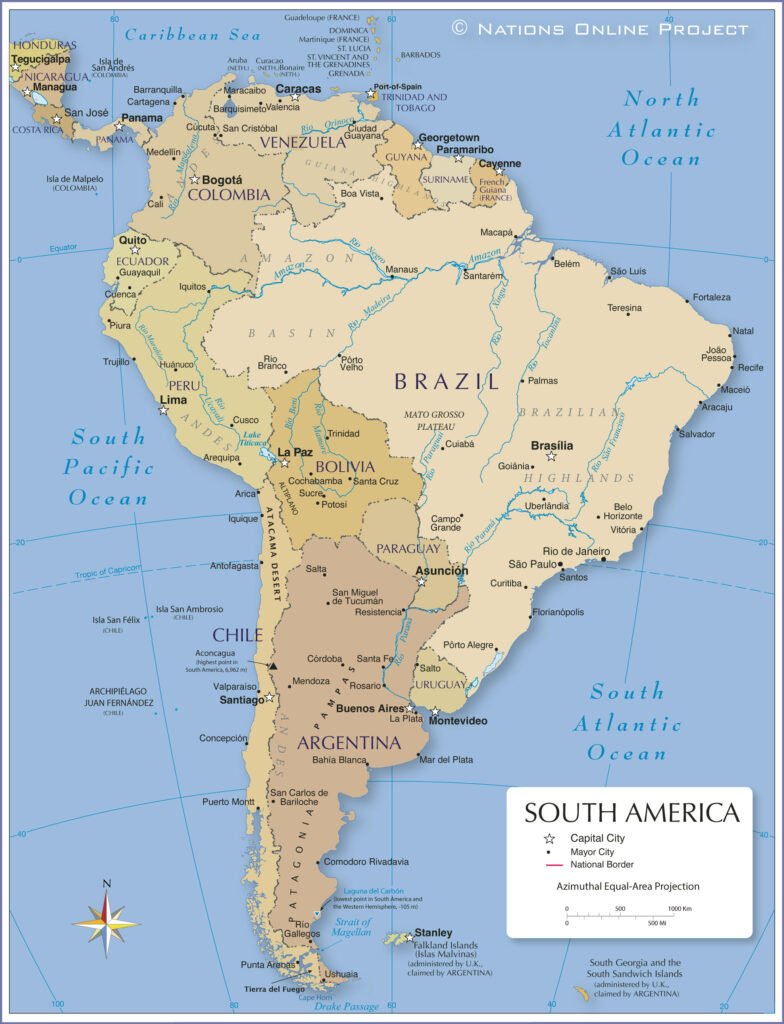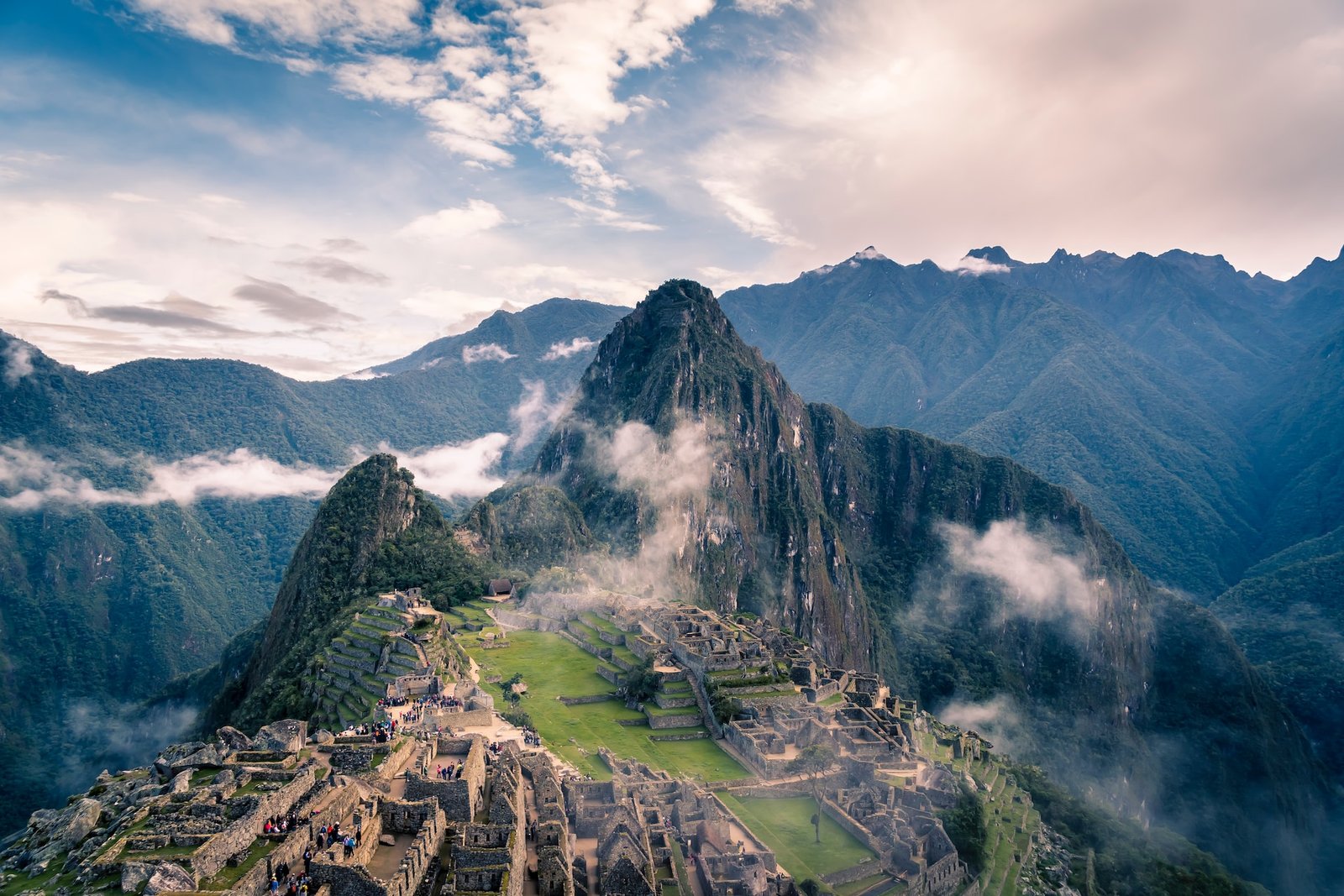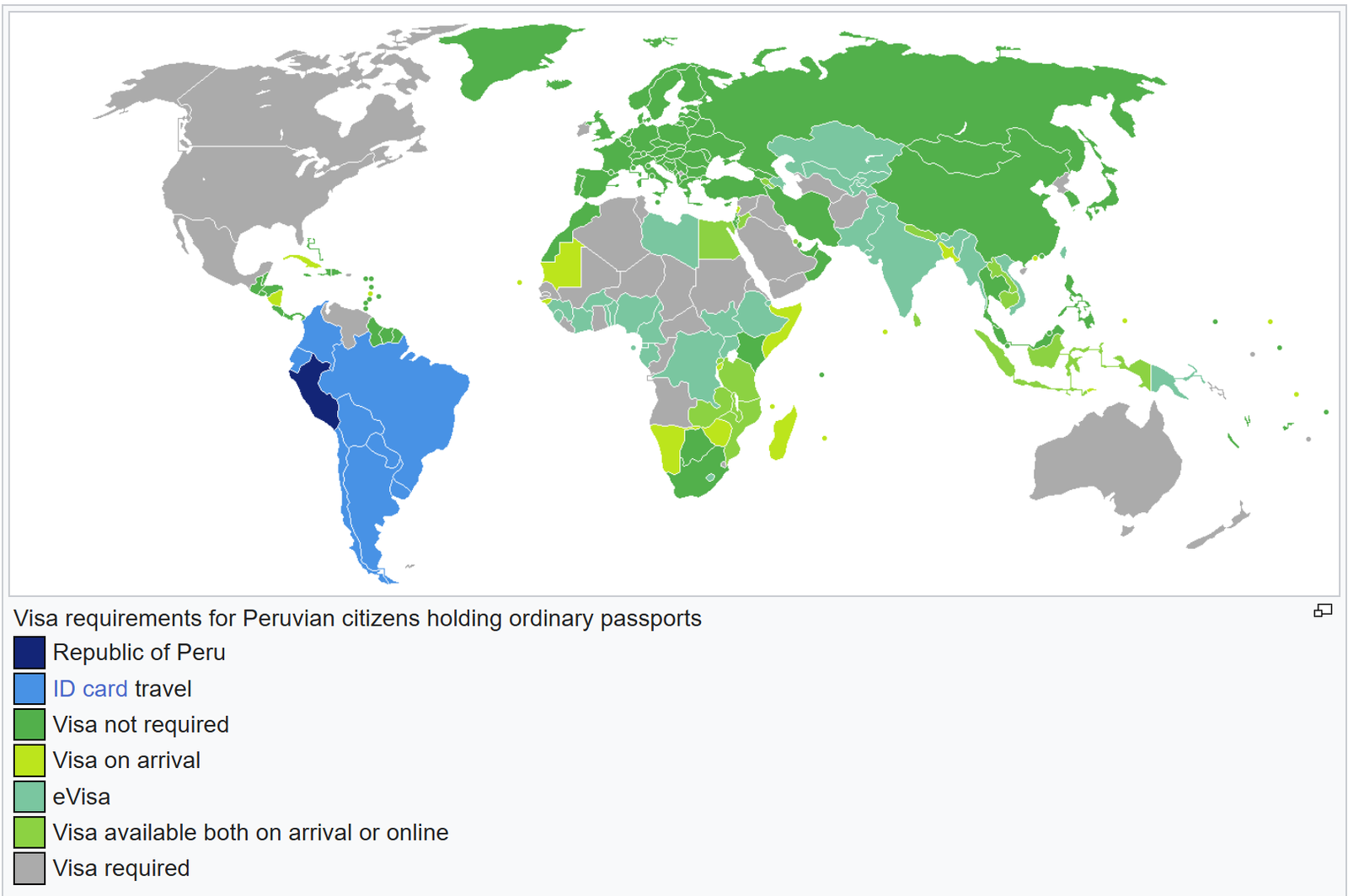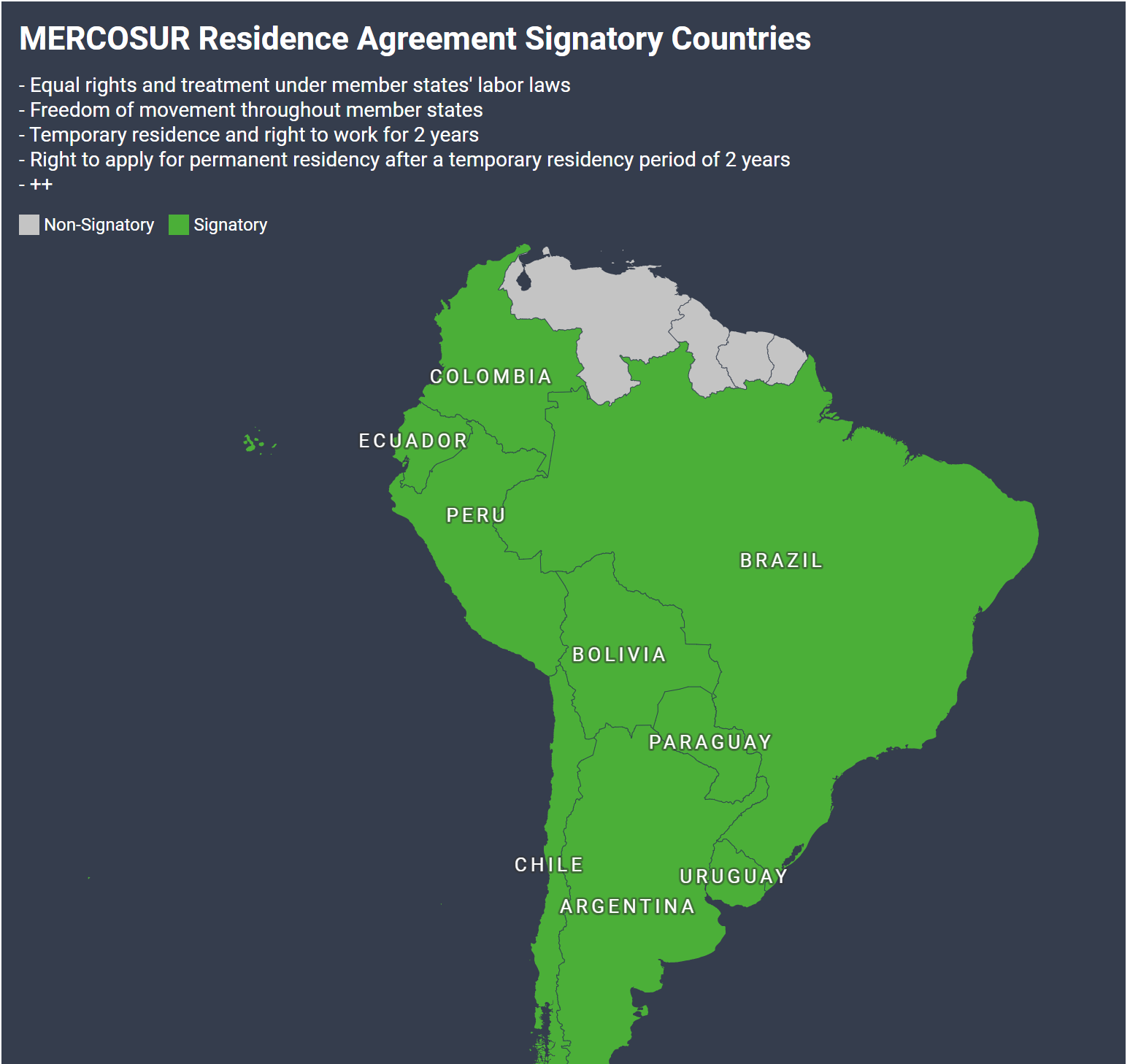Home > South America > Peru > How To Get Residency in Peru | A Complete Guide
How To Get Residency in Peru | A Complete Guide
Capital: Lima
Population: 34,352,720 (2023,45th)
Ethic Group: 60.2% Mestizo, 25.8% Indigenous, 5.9% White, 3.6% Black
Area: 1,285,216 km2 (19th)
Offical Language: Spainsh
Currency: Peruvian Sol (as of July 1st, 2025, 1 Peruvian Sol = 0.28 USD)
GDP per Captial: $18,689 (2025 estimated, 99th)
Human Development Index: 0.794 (2023, 79th)

Country Profile:
Located on the western side of the South American continent, Peru is globally recognized as the heart of the ancient Inca civilization and a prominent tourist destination. The nation boasts abundant natural resources, with significant strengths in mining, agriculture, fishing, and tourism. While its economy is primarily driven by mining, agriculture and tourism also represent vital sectors.
However, Peru continues to grapple with persistent social development challenges, including poverty, inequality, and disparities in access to healthcare and education.
Immigration And Visa System:
Permanent Residency & Citizenship:
While Peru may not attract as many immigrants as some other South American nations, it is notably regarded as one of the more accessible countries for obtaining permanent residency.
Currently, foreign nationals who have maintained legal residency in Peru for a continuous period of two years are eligible to apply for Peruvian citizenship. This pathway requires applicants to demonstrate sufficient proficiency in Spanish and a foundational understanding of Peruvian culture.
For those who have resided legally in Peru for three years but do not wish to naturalize as citizens, the option exists to apply for an Immigration Visa. This visa functions similarly to a permanent residency card, is renewable every five years, and can be held indefinitely.
However, even for permanent residents, maintaining this status is contingent on continued presence in Peru. An absence from the country for more than 365 consecutive days may result in the revocation of permanent residency.

Residence Permits:
So, what if you want to settle in Peru legally and long-term?
You will need to apply for a Peruvian residence permit. The country currently offers nine types of short-term and 18 types of long-term residence permits. Among these, the following four are relatively easy to apply for:
1. Retirement Visa: The Peruvian retirement visa does not require applicants to have reached a certain retirement age, but it does require a stable, lifelong income such as a pension, trust, or insurance. You need to have a lifelong passive monthly income of at least $1,000.
This visa, once issued, does not need to be renewed. However, each year, visa holders must submit a report to the Peruvian immigration authorities proving that they are actually residing in the country.
At a minimum, you need to live in Peru for at least six months each year. If you spend more than six months outside the country in a calendar year, your retirement permanent residency may be revoked.
2. Investor Visa: The Peruvian investor visa requires you to invest at least 500,000 soles, approximately $134,000 USD, in a business operation within the country.
Similar to the retirement permanent residency, the Peruvian investor visa also requires actual residence, with a minimum of 183 days spent in the country each year.
3. Digital Nomad Visa: The Peruvian digital nomad visa is a new program announced on November 14, 2023. The details of this visa have not yet been disclosed, and we will update you with relevant information as it becomes available.
4. Work Visa: The Peruvian work visa is issued to foreign nationals employed or starting a business in the country. The Peruvian government has set an annual income requirement for the work visa: to apply, your annual income must be at least $12,500 USD.
Dependents:
For all long-term residence permits in Peru, the main applicant’s spouse and minor children can enter the country together as dependents.
Passport Power:
Peru recognizes dual citizenship, and its passport is ranked 33th in the world. Peruvian citizens can travel freely (visa-free or with visa-on-arrival) to 142 countries and regions. (as of July 1, 2025)

Peru is part of the Southern Common Market(MERCOSUR).As shown in the figure below, citizens of the member countries of this agreement can freely work and live in any other member country. After two years, if one can provide proof of financial means to support oneself and family, they can directly obtain a permanent residence visa in the country of residence. Having Peruvian citizenship is very convenient for living in South America.

Useful Links:
Peru Immigration Office:https://www.gob.pe/mig
Home > South America > Peru > How To Get Residency in Peru | A Complete Guide